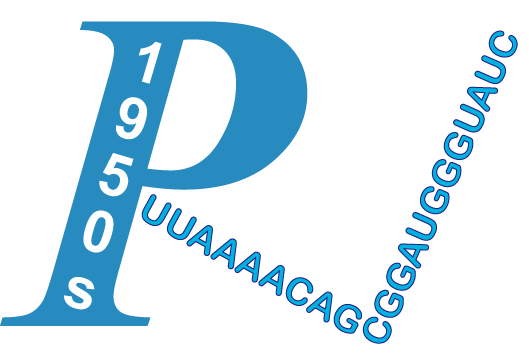| Title | Comparison of nasopharyngeal flocked swabs and nasopharyngeal wash collection methods for respiratory virus detection in hospitalized children using real-time polymerase chain reaction. | ||
| Author | Debyle, Carolynn; Bulkow, Lisa; Miernyk, Karen; Chikoyak, Lori; Hummel, Kimberlee Boyd; Hennessy, Thomas; Singleton, Rosalyn | ||
| Journal | J Virol Methods | Publication Year/Month | 2012-Oct |
| PMID | 22728277 | PMCID | PMC4655598 |
| Affiliation | 1.Arctic Investigations Program, Division of Preparedness and Emerging Infections, National Center for Emerging and Zoonotic Infectious Diseases, Centers for Disease Control and Prevention, Anchorage, AK 99508, USA. cdebyle@cdc.gov. | ||
This paper describes the molecular detection of respiratory viruses from nasopharyngeal flocked swabs (flocked swabs) and nasopharyngeal washes (washes) in a clinical setting. Washes and flocked swabs collected from children<3 years old hospitalized with a lower respiratory tract infection were tested for parainfluenza virus 1-3, respiratory syncytial virus, influenza A and B and metapneumovirus (Group 1) and adenovirus, rhinovirus and coronavirus (Group 2) using real-time reverse transcriptase PCR (rRT-PCR). A consensuses standard was used to determine sensitivity and compare cycle thresholds (C(T)) of washes and flocked swabs for each virus and group of viruses. Sensitivities ranged from 79 to 89% and 69 to 94% for flocked swabs and washes, respectively, excluding AdV which had a sensitivity of 35% for flocked swabs. When the flocked swabs and washes of Group 1 viruses were collected on the day of admission, the sensitivity of both sample types was 100%. Wash specimens had a lower C(T) value and higher sensitivity than flocked swabs; however there was no statistical difference in the sensitivity of a flocked swab (89%) versus wash (93%) for the detection of Group 1 viruses, particularly when samples were collected on the same day. Flocked swabs may be a useful alternative to washes for detection of respiratory viruses in clinical settings.
